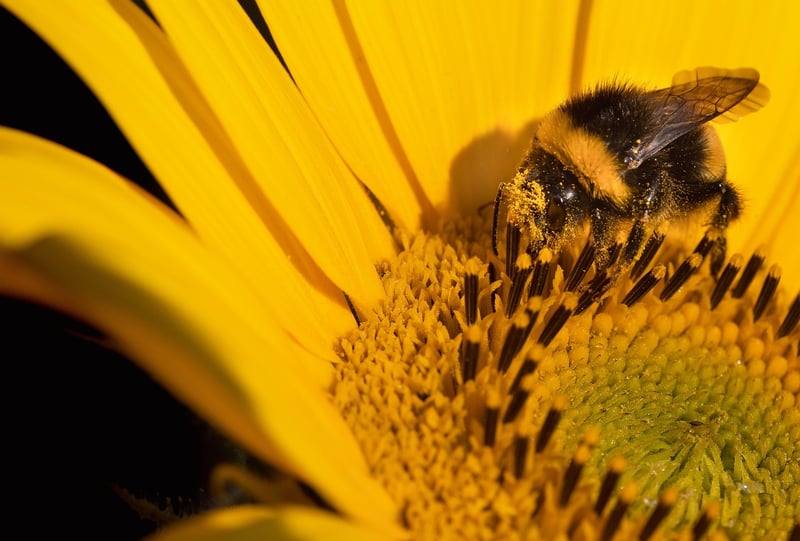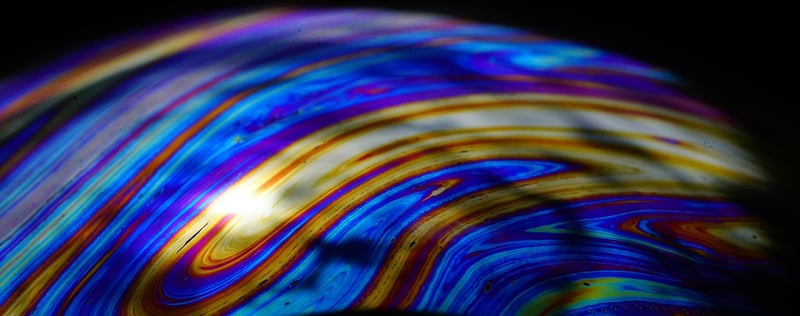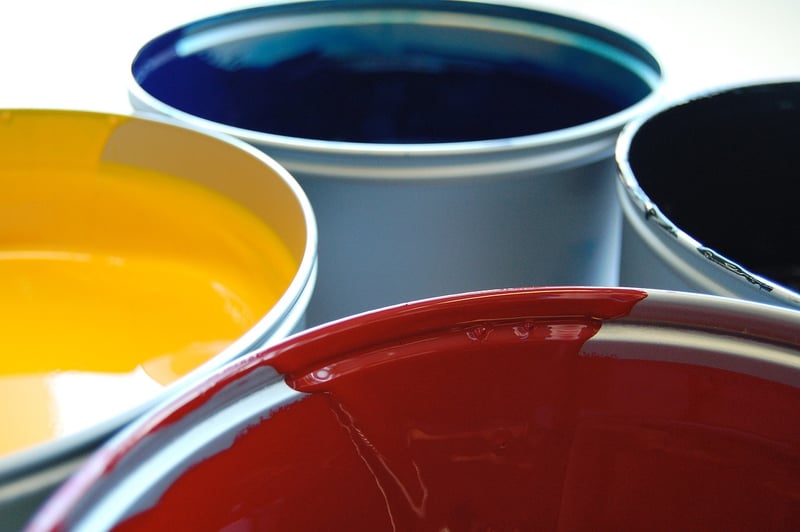Dyeing Techniques
Eco-conscious Textile Coloring and Dyeing Techniques
Textile coloring and dyeing are essential processes in the fashion industry, but traditional methods often involve harmful chemicals that can have a significant impact on the environment. As the world becomes more conscious of sustainability, eco-friendly alternatives to textile coloring and dyeing are gaining popularity. Let's explore some eco-conscious techniques that are revolutionizing the way fabrics are colored.
Natural Dyes
Natural dyes are derived from plants, minerals, and even insects, offering a sustainable and biodegradable alternative to synthetic dyes. These dyes create beautiful, earthy tones and can be made from sources like indigo, turmeric, and madder root. By using natural dyes, textile artists can minimize their environmental footprint and support traditional dyeing techniques.

Low-Impact Fiber Reactive Dyes
Low-impact fiber reactive dyes are synthetic dyes specifically designed to have a lower environmental impact compared to traditional reactive dyes. These dyes require less water and energy to set, reducing overall resource consumption. Additionally, they produce vibrant colors without the need for toxic fixatives, making them a popular choice for eco-conscious textile artists.

Waste-Based Dyes
Waste-based dyes are created from agricultural by-products, food waste, or even wastewater from other industries. By repurposing these materials into dyes, textile artists can reduce waste and minimize the use of virgin resources. Waste-based dyes not only offer a sustainable coloring option but also promote a circular economy by closing the loop on waste streams.

Plant-Based Printing
Plant-based printing involves using natural pigments and dyes to create patterns on fabrics. This technique eliminates the need for synthetic inks and chemical-laden printing processes, making it a greener alternative for textile printing. Plant-based printing allows artists to explore unique textures and colors while staying true to eco-friendly practices.

Conclusion
As the textile industry shifts towards sustainability, eco-conscious coloring and dyeing techniques are becoming increasingly important. By adopting natural dyes, low-impact fiber reactive dyes, waste-based dyes, and plant-based printing methods, textile artists can create beautiful designs while minimizing their environmental impact. Embracing these eco-friendly practices not only benefits the planet but also inspires a new wave of creativity in the world of textiles.
Start experimenting with these eco-conscious techniques today and join the movement towards a more sustainable and colorful future!
